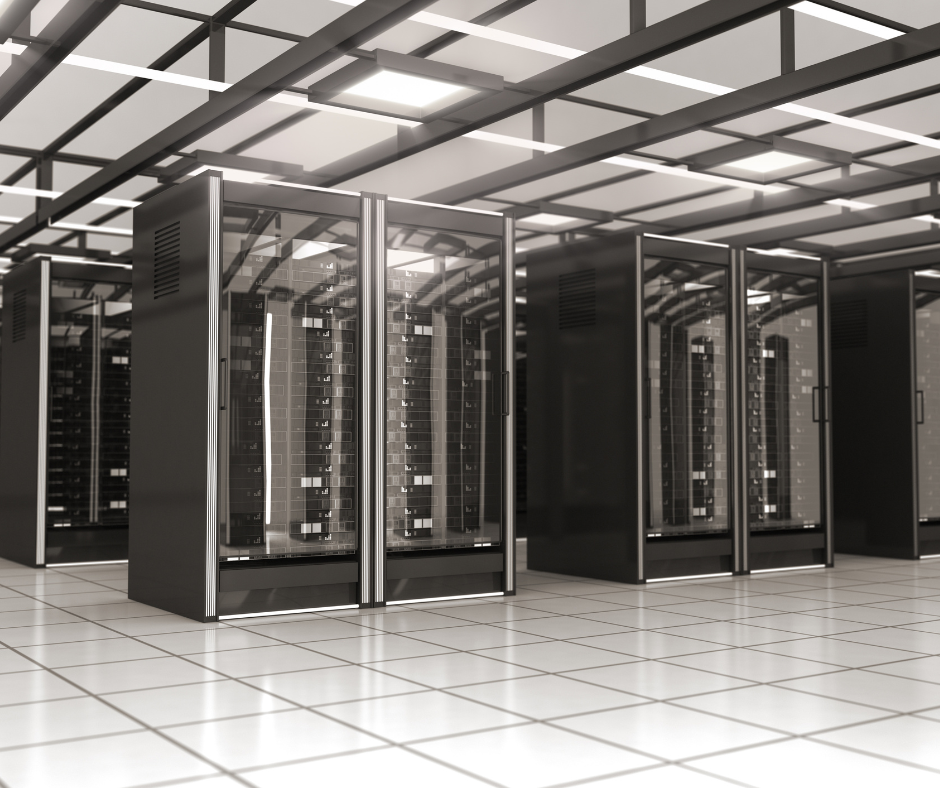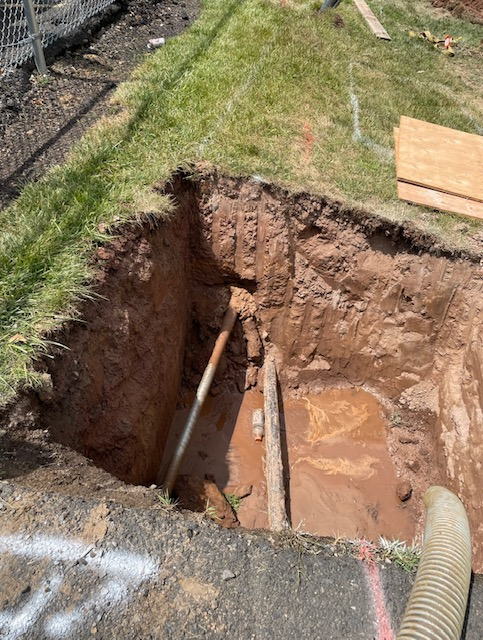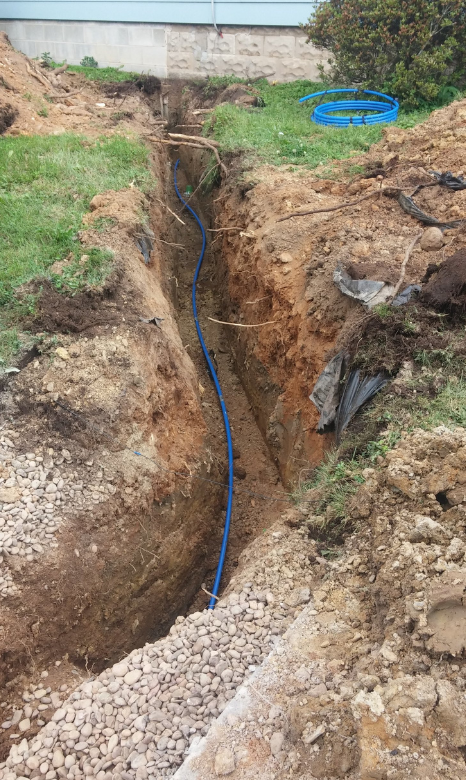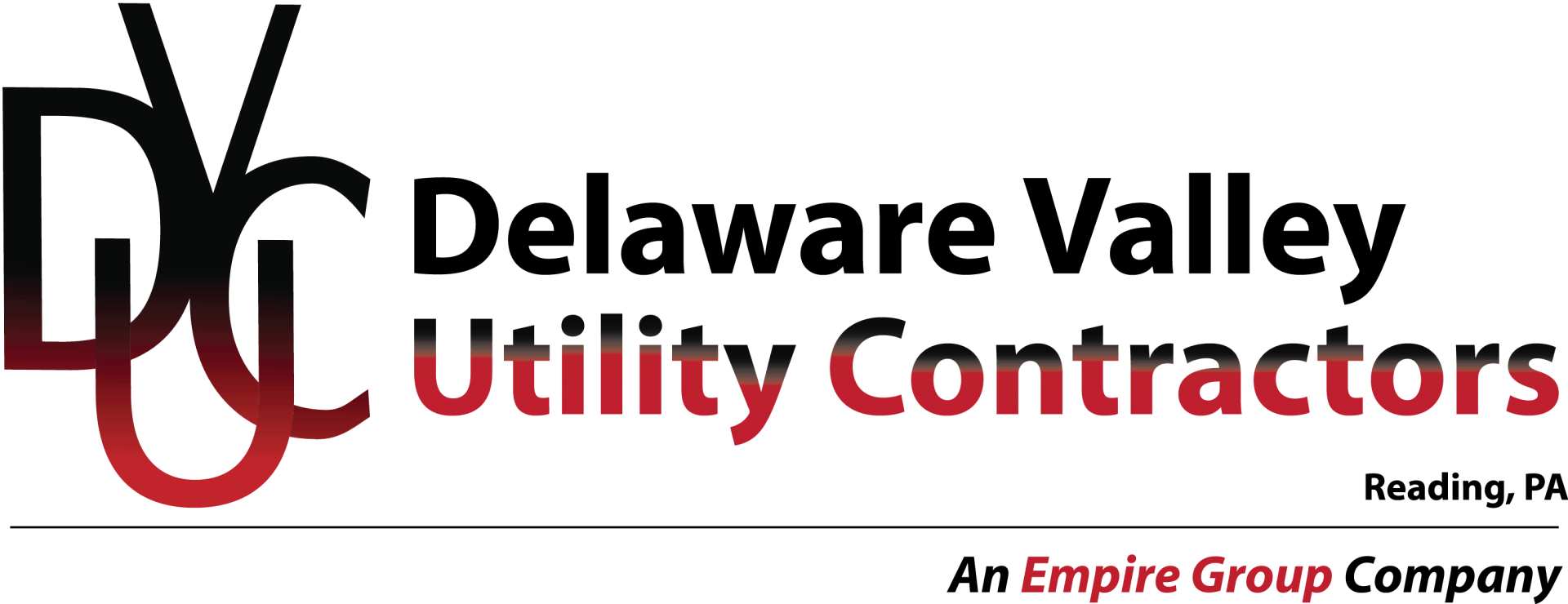How the Rise of Data Centers Is Powering Change in the Utility Industry

In today’s digital world, data is the new currency — and data centers are the vaults that keep it safe, accessible, and constantly in motion. From streaming platforms and social media to artificial intelligence and cloud computing, data centers have become the backbone of modern life. But as these massive facilities multiply to meet global demand, one industry is feeling the impact more than most: the utility industry.
Data Centers and the Demand for Power
Data centers are among the most energy-intensive facilities in the world. According to the International Energy Agency (IEA), data centers and data transmission networks account for about 1–1.5% of global electricity use — a figure that continues to climb as artificial intelligence and cloud computing expand.
Each server requires consistent, uninterrupted power to function, and even more energy to stay cool. As companies race to build new data centers to support digital growth, utilities are facing unprecedented pressure to deliver reliable, high-capacity power 24/7.
Key Impacts on Utilities:
- Increased energy demand: Utilities must plan for large-scale loads that can reach hundreds of megawatts per facility.
- Grid modernization: To handle fluctuating energy needs, utilities are investing in smarter, more resilient grid infrastructure.
- Renewable integration: With sustainability at the forefront, many data center operators are partnering with utilities to source clean, renewable energy.
A Push Toward Renewable Energy
Major tech companies, such as Google and Microsoft, have committed to powering their data centers with 100% renewable energy. This push has accelerated utilities’ transition toward wind, solar, and hydroelectric power generation, creating new opportunities for clean energy investment.
To meet these demands, utilities are:
Developing power purchase agreements (PPAs) to provide long-term renewable energy at predictable costs.
Integrating battery storage and microgrids to ensure energy reliability even during fluctuations.
Collaborating with tech companies to co-locate renewable projects near major data centers.
The result? A symbiotic relationship where utilities and tech giants drive each other’s sustainability goals forward.
Water and Cooling: Another Utility Challenge
Energy isn’t the only concern. Many data centers rely on large-scale cooling systems that consume significant amounts of water. As the number of facilities grows, so does the strain on local water supplies — particularly in regions already facing drought risks.
Utilities are responding by:
- Encouraging the use of recycled or reclaimed water for cooling systems.
- Supporting closed-loop or air-cooling technologies to reduce consumption.
- Working with data center developers early in the planning stages to assess long-term infrastructure needs.
The Road Ahead: Collaboration and Innovation
The rapid rise of data centers has transformed the utility landscape, turning what was once a predictable demand model into a dynamic, data-driven ecosystem. Utilities must now balance energy reliability, sustainability, and innovation — all while supporting an increasingly digital economy.
Collaboration is key. As data center developers, utility providers, and policymakers work together, new solutions are emerging — from grid-scale renewables and AI-driven energy management to sustainable design standards that minimize environmental impact.
Reshaping the Future of Energy
The growth of data centers isn’t just changing how we store information — it’s reshaping the future of energy. For the utility industry, this evolution presents both a challenge and an opportunity: to reimagine how power is produced, managed, and delivered in a world where data never sleeps. As technology advances, utilities that embrace innovation and sustainability will lead the charge in powering the digital future.












